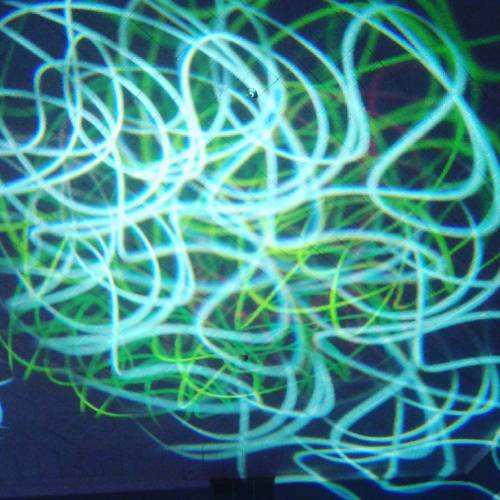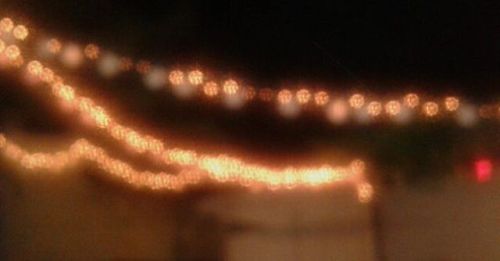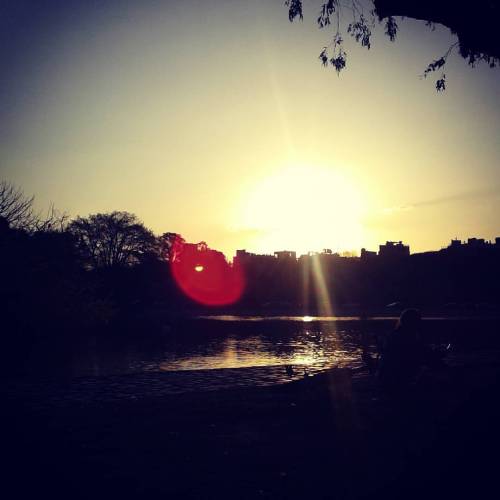Silence is so unlikely here.
152 posts
Florenciaventosa - Revuelto Gramajo - Tumblr Blog

Tuve la original idea de sacarme una foto en el estudio haciendo #radio #radionacional #periodismo #politicaexterior
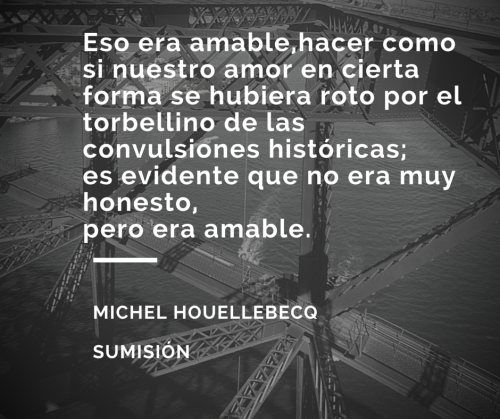
En mi inconstancia blogueril, reaparezco con una cita de la polémica “Sumisión”. Quizás, en la parte más sutil de la controversia.

Espíritu de #rock #fm #radio #radionacional #rockandroll #smellsliketeenspirit #adolescencia (en Radio Nacional)
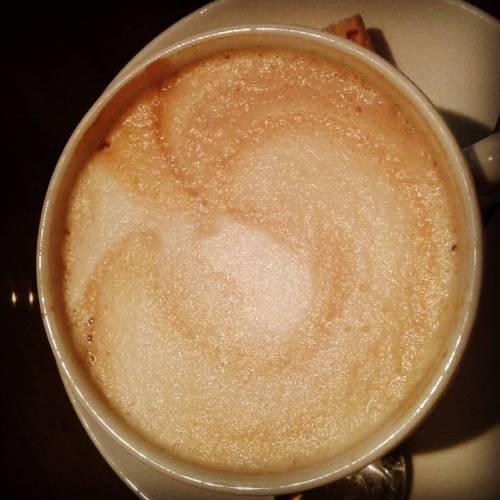
#buendía #coffee #coffeeheaven #latte #lafelicidad
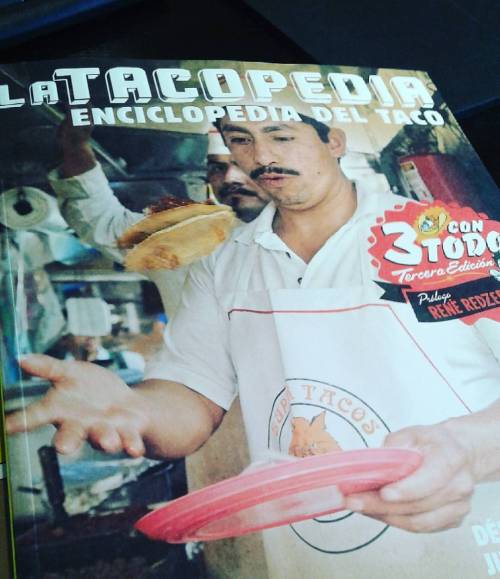
Se viene la comilona! Gracias WeberShandwick México! #tacos #tacopedia# #foodheaven #mexicanfood #mexico (en MDG Comunicación e Imagen)
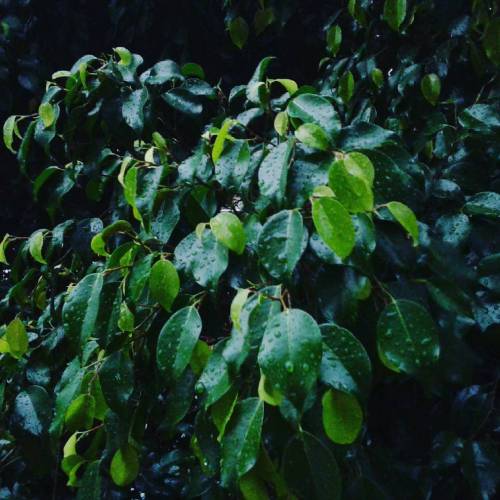
Lluvia.
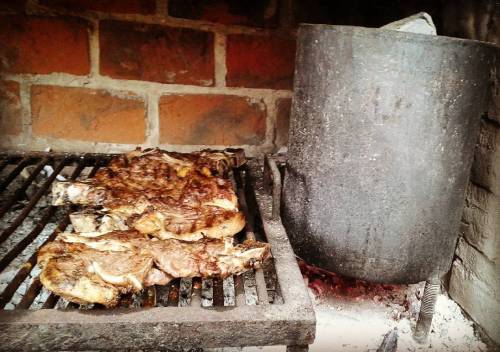
#sabadodegloria #meat #parrilla #carne #alabrasasabemejor (en En Campana Bs. As)
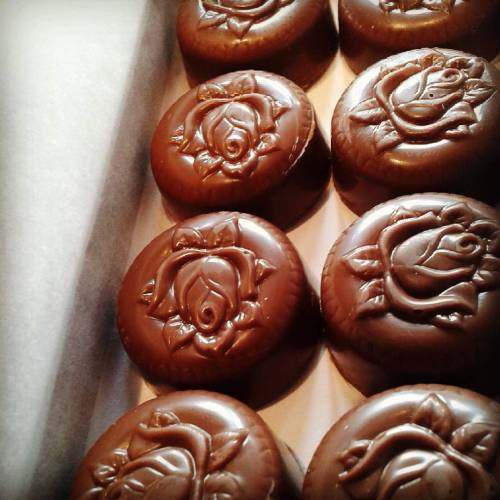
#chocolate #bombones #dulcedeleche #Domingo #antidomingo

#holaviernes #coffee #cantuccini #illy #coffeeheaven

Para los mañosos, estrechos de paladar, los que se inventan intolerancias. Para los que se castigan el estómago y sólo comen un grupo alimenticio. Les va la #posta : "People who love to eat are always the best".
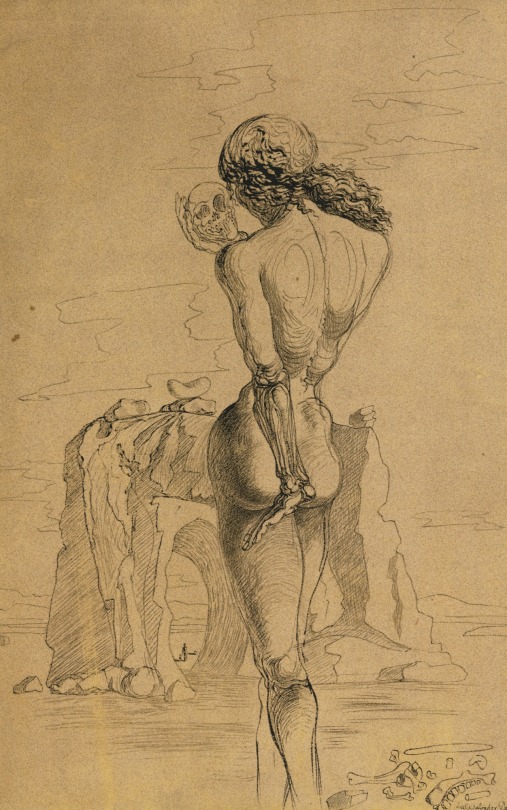
Gradiva (1933) - Salvador Dalí

“Viví, pretendi, y logré, tanto, que se ha hecho necesaria cierta violencia para alejarme y separarme de mis triunfos. No fue la duda sino la certidumbre la que nos ha acorralado con sus tretas y artimañas”,
Palabras en boca del personaje Luca Belladona, de Blanco Nocturno, Ricardo Piglia.
Un tratado sobre la verdad y la fe, y todas las miserias humanas que se golpean contra eso
Cuando las cosas no salen como pensabas
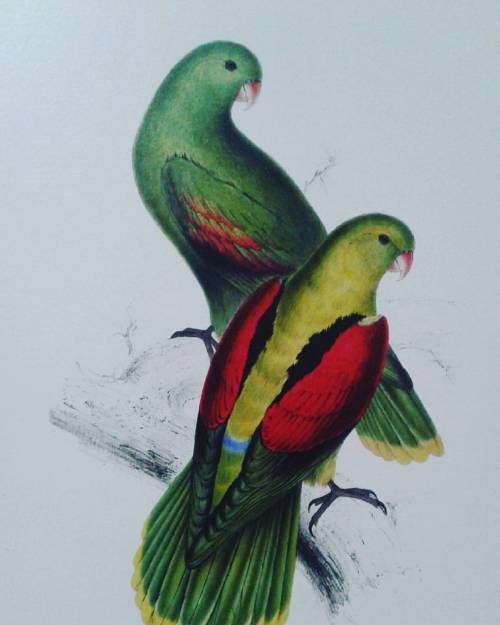
El #calendario que viajó miles de kilómetros, regala #parrots para el enero bonaerense. #2016 #v&a




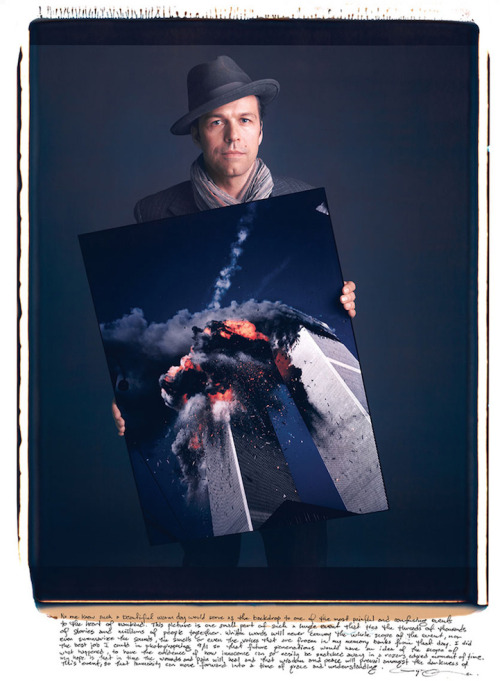
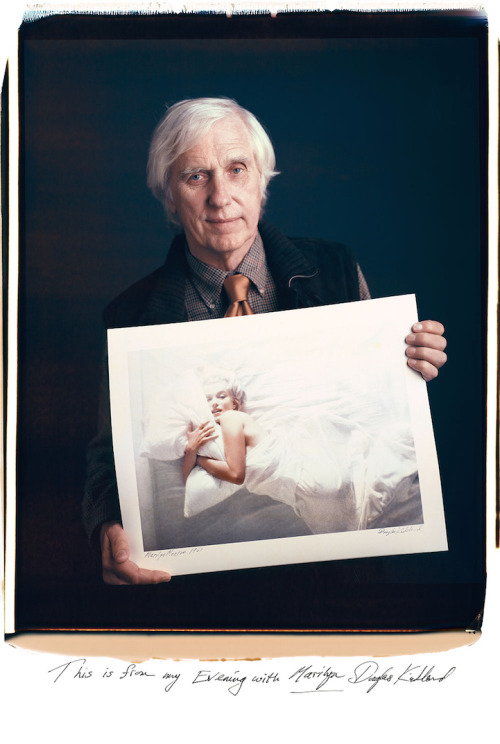
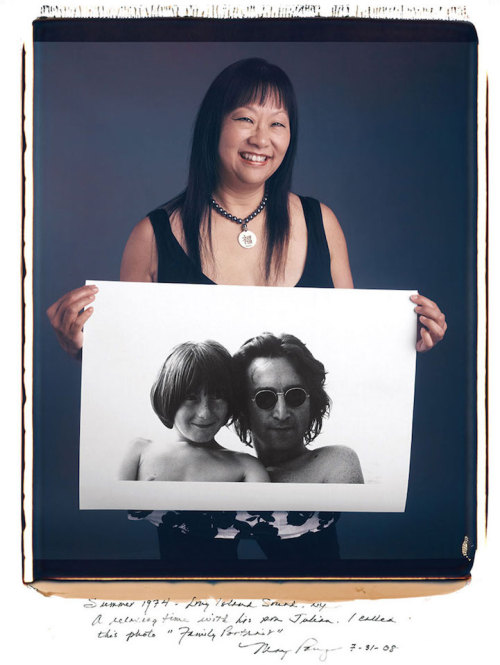



The Photographers Behind Some of the Most Iconic Images of Our Time
Over the course of history, certain iconic photographs have become an integral part of our collective, cultural memory. Steve McCurry’s “Afghan Girl,” Jeff Widener’s “Tank Man,” and Nick Ut’s “Napalm Attack in Vietnam” are only some of the images that have left a lasting mark as the great photographs of our time. Tim Mantoani aims to immortalize those legendary shots and the brilliant individuals behind them in the ambitious series Behind Photographs, which depicts renowned photographers posing with their most well known images.


October 30th 1938: ‘War of the Worlds’ broadcast
On this day in 1938, Orson Welles broadcast his radio play of H.G. Wells’s 1898 science-fiction novel The War of the Worlds on PBS. Coinciding with Halloween, the play was broadcast as a realistic series of news bulletins, detailing a Martian invasion of Earth. Millions of Americans were listening to the radio that night, but did not turn over to Welles’s broadcast on CBS until 12 minutes into the show, after a popular ventriloquist show ended on NBC. By this time, the play was underway, taking the form of orchestral music frequently interrupted by news updates about an alien invasion. Welles described his fictional Martians vividly, expaining how their “eyes are black and gleam like a serpent”, and detailing their use of walking war machines and heat-ray weapons. The popular story goes that the frighteningly realistic broadcast caused milions of Americans to believe that a real alien invasion was occuring. People supposedly fled the fictional crash site in New Jersey, and took to the streets in mass hysteria. The CBS studio heard about the panic, and Welles reasured listeners that the story was fictitious. While Welles and CBS feared that the confusion would damage their reputation, CBS was cleared of wrongdoing, and the play launched Welles’s Hollywood career. The story of the mass panic caused by Welles’s War of the Worlds remains popular, but recent research has suggested that the extent of the commotion is far more limited than the myth allows. Newspapers at the time greatly exaggerated listeners’ panic - most of the show’s audience understood the play was fictitious - as a way to discredit radio, which was emerging as a serious competition to newspapers.
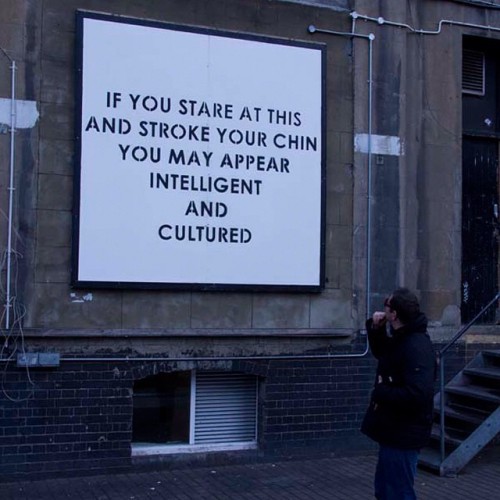
Mobstr

